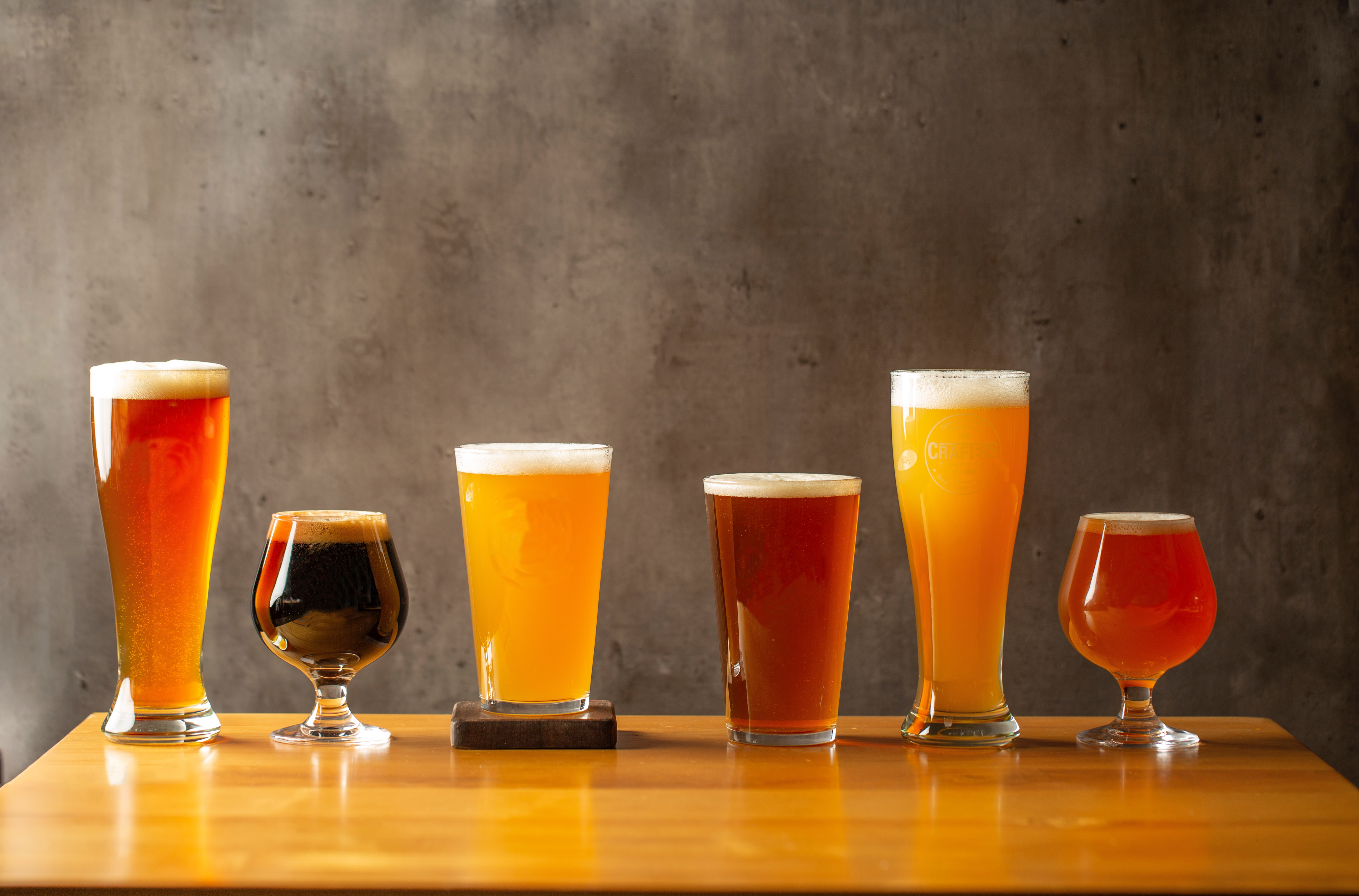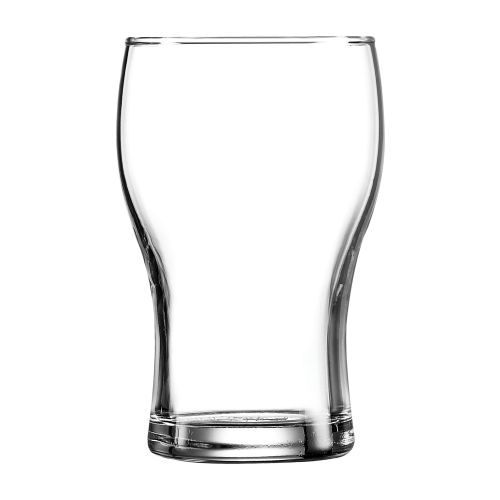Craft beers are nothing if not diverse: from the huge range of flavours to the interesting, often quirky, venues where they’re being served on tap. But for all that variety, they do have one thing in common – craft beers are getting more popular by the year.
Over the past two years, total craft beer revenue in Australia has grown by 17.7% and is now worth more than $800 million. It’s a similar story across the Tasman, where the industry has grown exponentially over a number of years, leading to the founding of more New Zealand craft breweries per capita than in the US, the world’s biggest craft beer market.
To make this all the more remarkable, the independent brewing sector has been growing despite interest in large volume beer brands falling in both Australia and New Zealand. In Australia, beer consumption per capita has dropped by about 20% over the past decade, while in New Zealand – where tastes have not changed so dramatically – beer volume was still down 1.7% in 2020 from the previous year.
This has been mainly credited to a younger, urban demographic, attracted by craft breweries’ independence from major brewers (in most cases, at least), the breweries’ localised settings. Women are also driving the interest in craft beer, not only as avid craft-beer drinkers, but as brewers, too. A 2019 University of Victoria study found that about 30% of craft-beer drinkers are women, while there’s an increasing number of female-founded breweries, including Melbourne’s Two Birds Brewing and Beer Baroness in Christchurch.
It’s also, of course, down to the sheer variety of beers and tastes available, with many craft brewers launching solid rosters of intriguing and exotic flavours to stand alongside more traditional options, such as IPAs, pale ales and lagers. This concentration of peculiar flavours, often offered as limited-edition brews has only boosted the popularity of craft beer, with small-batch brewers able to be versatile and daring in a way that larger brewers can’t.
How the beer is served is also part of the appeal: one study showed that the shape of the glass can influence customer expectations regarding different craft beers. So craft brewers who use expected combinations of beer glasses will deliver a better customer experience.
Another important aspect to consider when purchasing glassware is the width of the rim. The glass rim can change the way a customer enjoys a drink. Wide rims will create a heavier flow when drinking and, if holding a beer or wine, will allow the beverage to aerate when sitting. Narrow rims slow this process down and can also help prevent drinks from going flat.
With versatility and innovation, the future of the craft beer industry looks rosy. Though it’s unlikely that such exotic flavours as mussel and oyster beer is going to cross into the mainstream any time soon.











